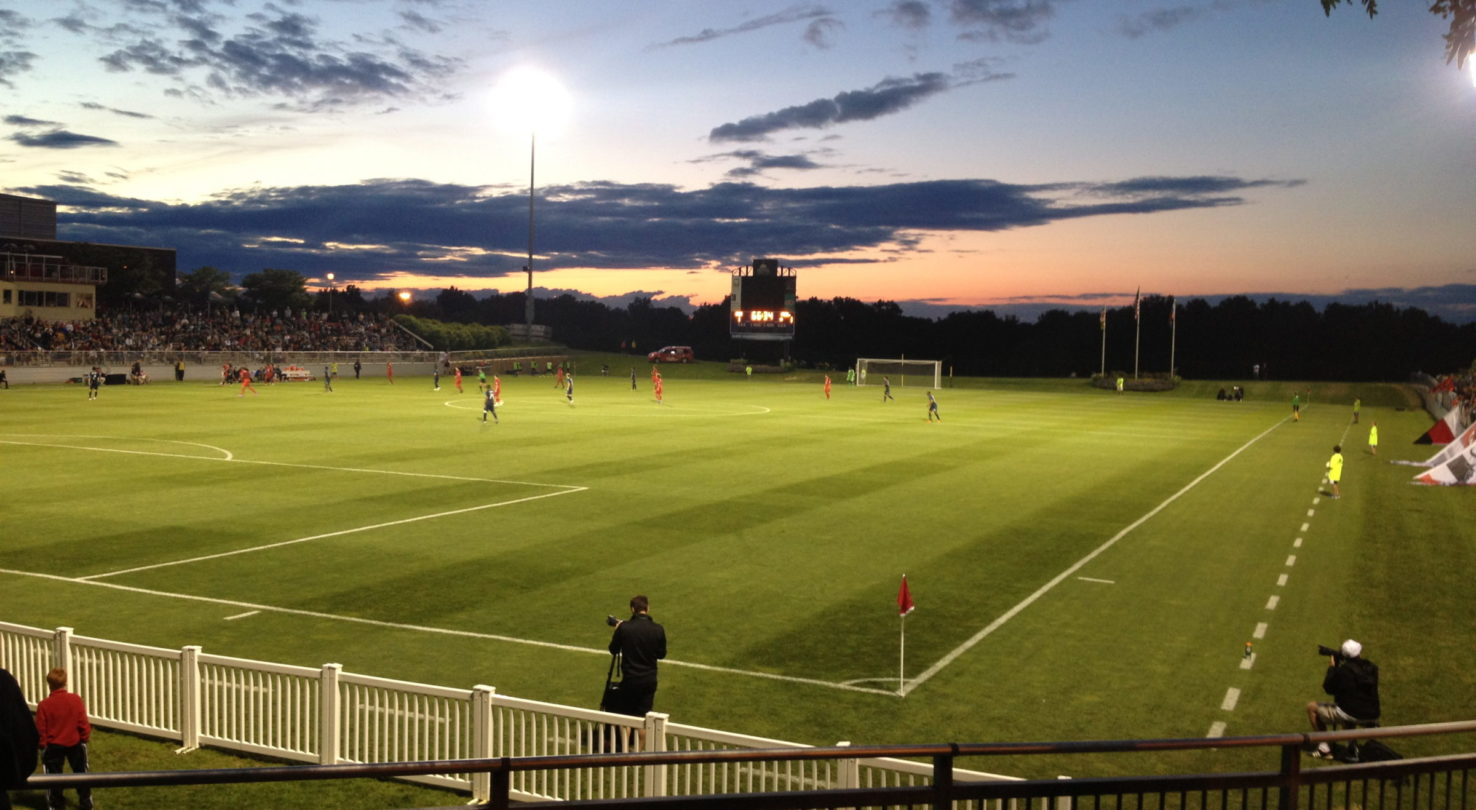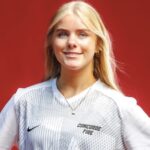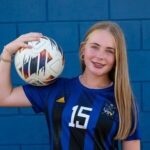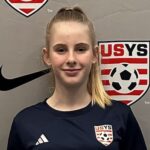Weathering the storms: How Md. SoccerPlex stayed open last weekend amid six inches of rain

WASHINGTON – Some call it the “curse of Columbus Day weekend soccer,” and it was back with a vengeance this year: Last week more rain fell on the Washington, D.C. area in a five-day period than had fallen throughout the previous three months combined.
Fuelled in large part by the remnants of Tropical Storm Karen as it stalled in the Atlantic Ocean just offshore from the Mid-Atlantic coast, the heavy, sustained precipitation inflicted havoc on the region’s scheduled soccer events.
With several field complexes closed due to saturated playing surfaces, tournaments had to be cancelled or curtailed. Even D.C. United were affected, as their match against the Philadelphia Union at RFK Stadium became a soggy mess in monsoon-like conditions on Saturday night.
But at the Maryland SoccerPlex, it was almost business as usual: The vast majority of the Discovery Cup youth tournament went ahead as scheduled on eight of the facility’s natural-grass fields despite more than six inches of rain in some areas.
“We played on [Fields] 4, 6, 7, 8, 10, 11, 14, 17 and [synthetic]turf [Fields] 18, 19, 20,” said SoccerPlex executive director Trish Heffelfinger in an email to SoccerWire.com. “We cancelled our younger age groups so that we could give every team in U-12 (11v11) to U-19 [age groups] two 60-minute games.
“It is remarkable in view of the amount of rain, 5.85 [inches] in five days…From a historic standpoint this was one of the most challenging situations. Not only did we have a significant accumulation of rain but we also had no drying. It was cloudy, cool and continued to drizzle or mist the entire weekend.”
It seems that the first phase of a five-year, multi-million-dollar fields renovation process has reaped immediate benefits.
[ +Read more about Md. SoccerPlex’s five-year improvement project here ]
“We’re not there completely, but we’re getting there,” SoccerPlex sports turf manager Jerad Minnick told SoccerWire.com. “We’ve made major progress even from summer of last year. If this was last October, we would’ve had one grass field open. So to have eight, that’s a dramatic improvement.”
 Previously, only Maureen Hendricks Field, the SoccerPlex’s showcase stadium, had a grass surface capable of all-weather use, thanks to sand-based soil that allows it to drain rainfall at a rate comparable to artificial turf. The rest of the complex’s fields were “native-soil,” alluding to a heavy clay composition underneath the grass that tends to hold water and sometimes leads to rainouts after less than an inch of precipitation.
Previously, only Maureen Hendricks Field, the SoccerPlex’s showcase stadium, had a grass surface capable of all-weather use, thanks to sand-based soil that allows it to drain rainfall at a rate comparable to artificial turf. The rest of the complex’s fields were “native-soil,” alluding to a heavy clay composition underneath the grass that tends to hold water and sometimes leads to rainouts after less than an inch of precipitation.
But over the summer Minnick and his staff converted Fields No. 14 and No. 17 to a sand base and laid down four new varieties of Bermuda to test their performance side-by-side. Elsewhere, five other native-soil fields were equipped with an innovative system of underground drainage channels to speed water away from the playing surface so play could continue under a wider variety of weather conditions.
And the Discovery Cup showed just what a difference it all made.
“Our goal was to be able to play in up to three inches [of rain]. We played after six,” said Minnick of the five adapted native-soil fields. “They did get worn, especially with the last half-inch on Saturday night, but it’s nothing that we can’t deal with.
 “It’s amazing how our perception changes or our expectation level comes up because we’re able to increase the quality overall,” he added, noting that since their completion, none of the refurbished fields have been closed due to rainfall. “We didn’t even realize how well it was going to work – we knew it was going to work, but we just didn’t know yet to the extent that it was going to work.”
“It’s amazing how our perception changes or our expectation level comes up because we’re able to increase the quality overall,” he added, noting that since their completion, none of the refurbished fields have been closed due to rainfall. “We didn’t even realize how well it was going to work – we knew it was going to work, but we just didn’t know yet to the extent that it was going to work.”
For Minnick and the rest of the SoccerPlex staff, it’s a rewarding signpost in their long-term journey towards a life without rainouts – and a vindication of their philosophy that grass fields, if properly managed and maintained, can handle almost as much use as synthetic turf, even in heavy rains, and at less cost.
“It’s exciting – it’s exciting not just for the industry but for clubs and players and parents – it saves money and it means we’re moving in the right direction,” said Minnick. “We have more options, we have better technologies, we have better [turfgrass] genetics.
“We just have to get away from the thought that grass fields can’t take more. Who decided that?” he added. “Nothing is impossible, it just hasn’t been done yet. We have the techniques, we just have to change the thinking…It’s awesome for our fields that we get to try out all these things – we’re really dedicated to trying to make fields better for our patrons.”
Or as Heffelfinger put it: “We have had one more opportunity to learn what is possible.”











